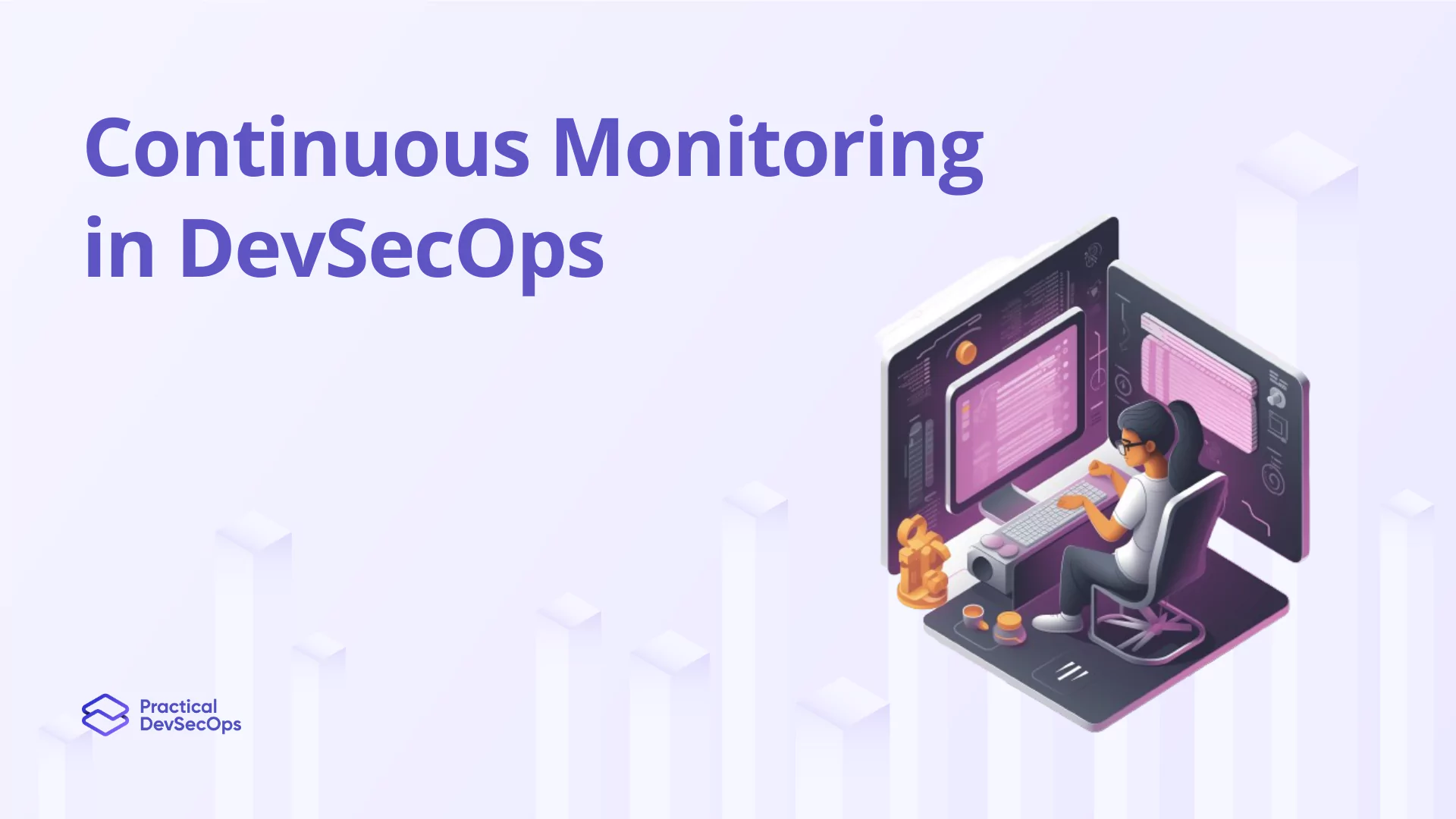Consider the threat modeling and its distinction from risk assessment in the light of the two techniques that are of use in the development of a good security strategy for the cybersecurity geek. This article aims to guide you through the differences of threat modeling and risk assessment with live examples and comparison tables that help you understand their relevance toward securing your systems and organization.
Threat Modeling vs Risk Assessment – Comparison
The table below summarizes the key differences between threat modeling and risk assessment:
| Aspect | Threat Modeling | Risk Assessment |
| Focus | Identifying and mitigating specific threats and vulnerabilities. | Evaluating potential risks and their impact on the organization as a whole. |
| Scope | Narrow – Focused on a specific system, application, or component. | Broad – Considers the organization’s overall risks and objectives. |
| Time Horizon | Typically conducted during the development or change phase of a system. | Ongoing process that considers both current and future risks. |
| Implementation | Helps design and implement specific countermeasures to mitigate threats. | Guides the selection and implementation of strategies to manage risks. |
| Primary Objective | Identifying and prioritizing specific threats for proactive mitigation. | Assessing potential risks and their impact for effective risk assessment |
By understanding these differences, you can leverage both threat modeling and risk assessment to strengthen your organization’s security posture comprehensively.
Threat Modeling: A Proactive Approach to Security
Threat modeling is a proactive process of identifying and mitigating potential threats and vulnerabilities before the software development lifecycle, before any implementation of changes to systems is done. This activity is carried out purposefully with the aim to understand and assess existing security risks within a specified application, system, or organization. These are a few key components of threat modeling you need to consider:
- Identifying Assets and Scope: This step involves creating an inventory of the assets or components that need protection and defining the scope of the analysis.
- Model Creation: A comprehensive model, such as a data flow diagram, is built to illustrate how data flows through the identified assets. This model highlights the interactions between different components.
- Threats and Vulnerabilities Identification: Potential threats and vulnerabilities that could exploit the system’s weaknesses are identified and documented. These may include external factors like hackers or internal risks such as insider threats.
- Risk Assessment and Prioritized Countermeasures: Each identified threat is assessed based on its potential impact and likelihood. Risks are assigned a severity level, allowing for the prioritization of countermeasures.
Measures are crafted and executed to mitigate the identified threats and vulnerabilities. This may involve technical controls, procedural adjustments, training programs, or any other actions that diminish the overall risk.
Also Read, Types of Threat Modeling Methodology
Also Read, How to Improve Your Analytics Thinking in Threat Modeling
Imagine a financial institution conducting threat modeling for their online banking application, assessing risks like phishing attacks, cross-site scripting (XSS) or else unauthorized access to customer data. To battle these issues, they could implement countermeasures methods like multi-factor authentication & encryption by following secure coding practices.
Also Read, Threat Modeling Best Practices
Risk Assessment: Evaluating Potential Impact
From a broader perspective, risk assessment has an evaluation of possible risks and impacts that can be laid on the organization. It includes the development of strategies which help in the management of threats likely to materialize and estimation of their potential impacts. These form the major parts of risk assessment.
- Identifying Assets and Business Objectives: The first is identifying the assets, systems, and business objectives that need protection; this assures a manner in which risks are assessed within the context of organizational priorities.
- Assessing Vulnerabilities and Threats: After assets are identified, the next step is the assessment of known vulnerabilities and threats that may affect the identified assets. It may include historical data or reports from the industry, or other reports extracted from threat intelligence activities.
- Determining Potential Impact: It appraises the potential impact on the organization in case identified risks are to be realized. Such factors include financial loss, damage to reputation, compliance of regulatory perspectives, operational disruptions, and customer trust.
- Evaluating Likelihood and Probability: This, therefore, assesses the probability or likelihood of realization besides the impacts of the risk. This is done after considering the historical information, industry trends, and expert judgment to determine the probability or likelihood of occurrence for each risk.
- Implementing Risk Mitigation Strategies: On this evaluation of the impact and likelihood, strategies of mitigation are designed: such can include controls, policies, procedures, or mechanisms of transfer of risk, like insurance.
Example: In a risk assessment for an e-commerce company, potential risks might include credit card fraud, data breaches, or disruption of key services. The assessment would consider the potential impact of each risk, such as financial loss, reputational damage, and operational disruptions. Mitigation strategies like encryption, secure payment gateways, regular security audits, and incident response planning would be implemented to minimize the identified risks.
Also Read, Comprehensive Guide on STRIDE Threat Model
Threat Modeling vs Risk Assessment- Conclusion
There are two prime techniques used in the area of cybersecurity: threat modeling and risk assessment. These 2 are actually antithetical to one another, where one focuses on identification and mitigation of some particular threats and vulnerabilities on a grainer level, whereas another tends to take a much broader point of view on the overall risks & objectives of the organization.
This approach will create an optimal mix of strategies for your security, uncovering comprehensive potential risks and offering a robust set of measures for effective risk management and mitigation. The threat model contributes by enabling proactive vulnerability and threat management during development or changes, while risk assessment occurs during ongoing organizational risk evaluation and management.
Also Read, Why is Threat Modeling Important for 2024
Also Read, Threat Modeling vs Penetration Testing
Upskill in Threat Modeling






0 Comments